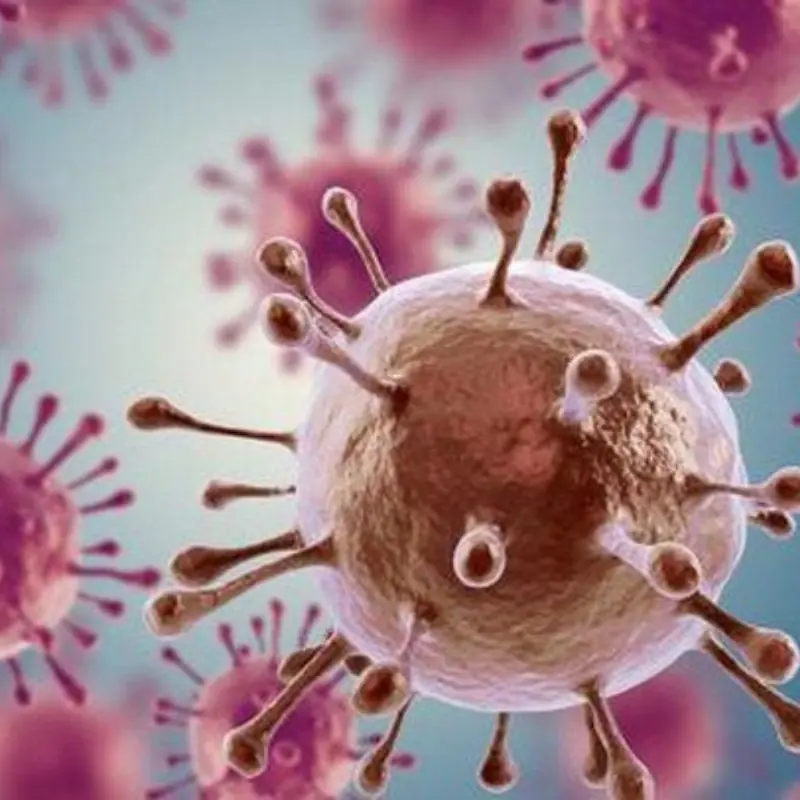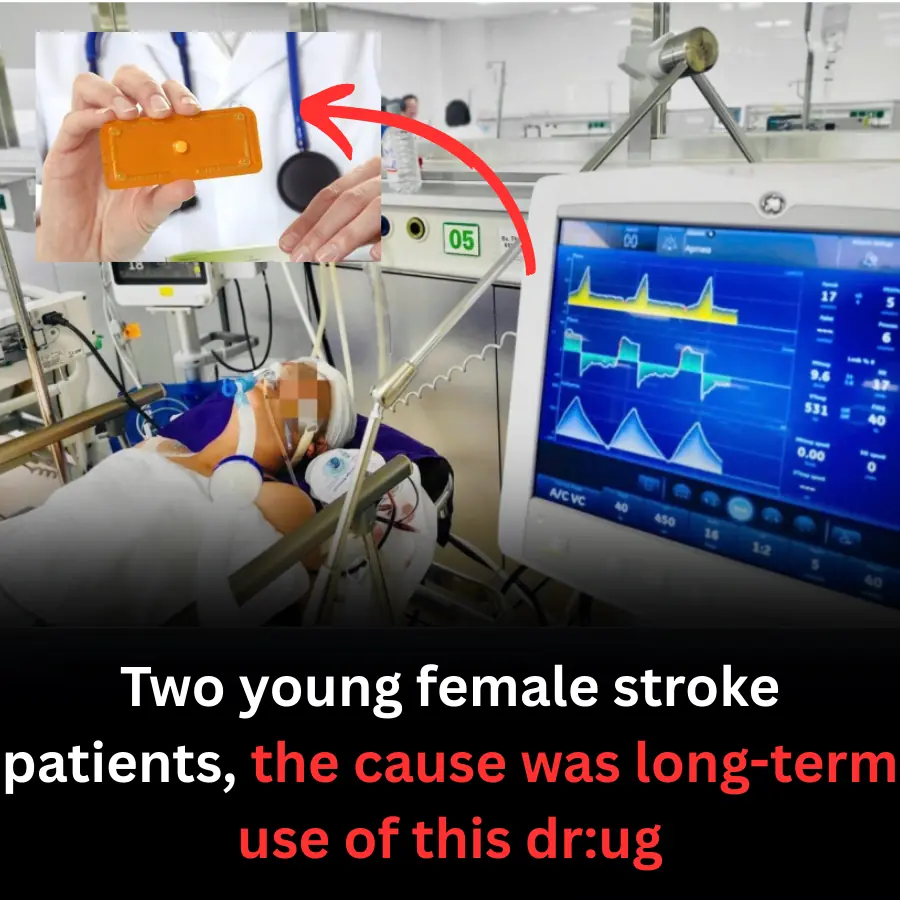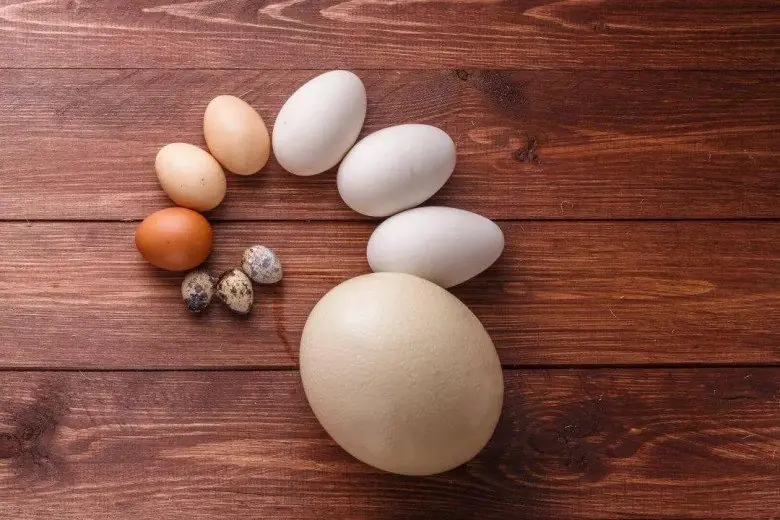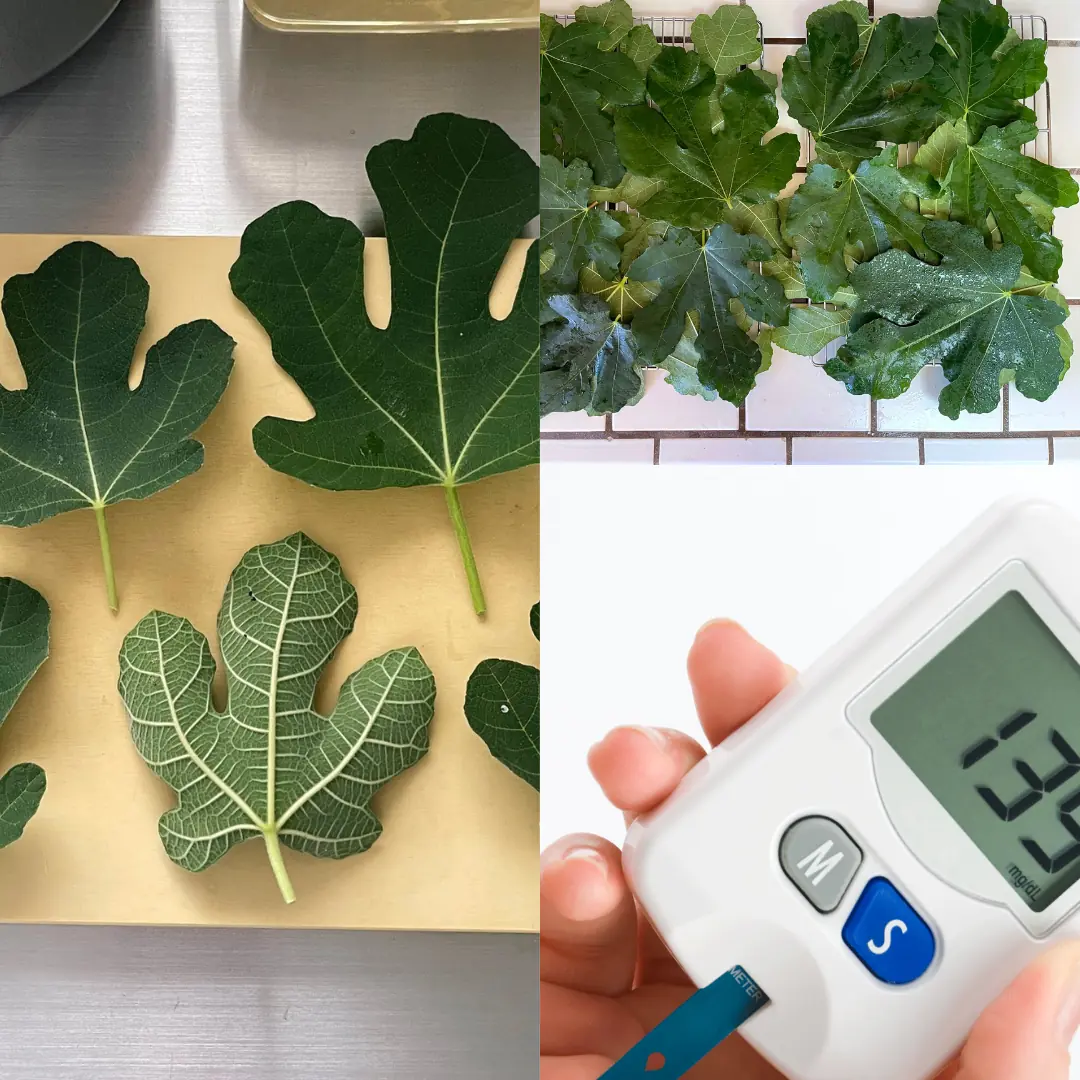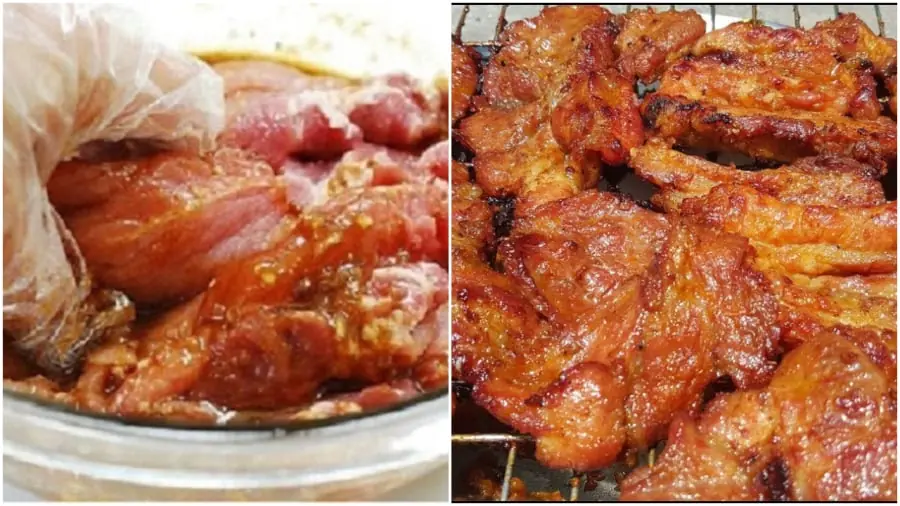3 Types of Foods That Spike Blood Sugar – Diabetics Should Limit These
Managing your diet is a crucial part of diabetes treatment, and healthy eating habits can help keep blood sugar levels under control.
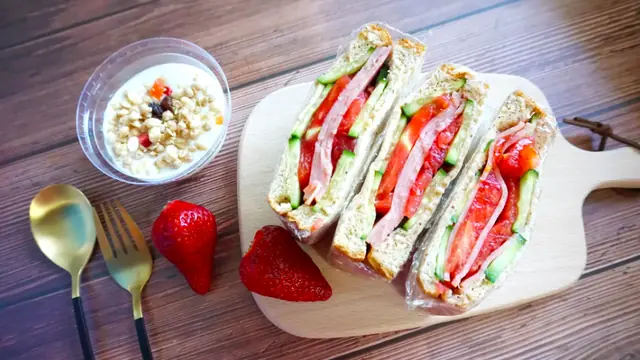
Diabetes is a common chronic condition, and the number of people affected is steadily increasing. Among the many strategies to manage diabetes, dietary control plays a vital role. Eating the right foods and avoiding harmful ones can make a significant difference in maintaining stable blood glucose levels.
However, in our everyday meals, some staple foods that seem nutritious can actually cause a sudden spike in blood sugar.
According to nutrition experts, there are three main types of food that can lead to elevated blood sugar levels. Being mindful of these can help diabetics manage their condition more effectively.
3 Common Foods That Cause Blood Sugar Spikes
1. White Rice
White rice is a dietary staple in many households, but it has a high glycemic index (GI). During digestion, white rice is quickly broken down into glucose, which can lead to a rapid increase in blood sugar levels. Overconsumption of white rice, especially over a long period, can make blood sugar control more difficult for diabetics.
2. Steamed Buns (Mantou)
Steamed buns are a common food item, especially for breakfast, and they also have a high glycemic index. Particularly those made from refined white flour are rich in starch and can raise blood sugar levels quickly. Diabetics should try to limit or avoid steamed buns altogether.
3. Rice Porridge (Congee)
Many people believe that porridge is gentle on the stomach, but when porridge is cooked, its water content increases and the starch becomes gelatinized, making it easier to digest and absorb. This leads to a rapid rise in blood sugar. Therefore, diabetics should be cautious when consuming porridge.
What Should Diabetics Eat to Help Control Blood Sugar?
High-Fiber Foods
Diabetics are advised to choose whole grains as their staple foods—such as brown rice, whole grain bread, and oats. These are rich in dietary fiber, which can reduce the glycemic index of meals and help maintain stable blood sugar levels.
Pair with Vegetables and Protein
When consuming staple foods, diabetics can pair them with nutrient-rich vegetables and moderate amounts of protein, such as lean meat, fish, or soy products. The fiber in vegetables and the protein content can slow down the digestion process, helping to prevent rapid blood sugar spikes after meals.
Tips to Minimize Blood Sugar Spikes
1. Cook Smart
Cooking methods can impact a food’s glycemic index. Diabetics should stick to lighter cooking techniques like steaming, boiling, or simmering. Avoid high-fat cooking methods such as deep-frying or stir-frying.
2. Control Portion Sizes
Overeating is one of the quickest ways to raise blood sugar. Diabetics should manage their intake of staple foods and follow the principle of eating smaller meals more frequently. Keep each meal’s portion size reasonable to avoid extreme fluctuations in blood sugar.
3. Mind the Order of Eating
The order in which you eat can affect how your body processes sugar. It is recommended that diabetics eat vegetables first, followed by protein, and then consume carbohydrates last. This eating sequence can help reduce post-meal blood sugar levels.
Final Note
Diabetics must pay close attention to their diets and avoid staple foods that cause blood sugar spikes. By making smart food choices and developing healthy eating habits, people with diabetes can still enjoy delicious meals while living a vibrant, healthy life.
Let’s work together to fight diabetes and create a brighter, healthier future!











